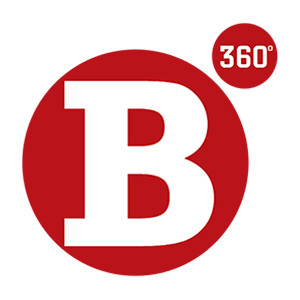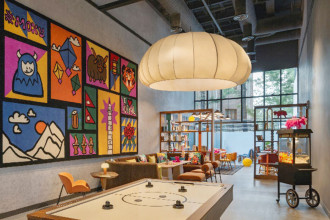-1706161607.jpg)
KATHMANDU: Coca-Cola Beverages Nepal, the Centre for Integrated Urban Development (CIUD), and WaterAid Nepal (WAN) have collectively handed over a groundwater recharge system to the Kathmandu Metropolitan City (KMC). The system, located on the grounds of Balaju Park in KMC-16, was officially handed over to KMC Deputy Mayor Sunita Dangol at an event on January 19. The project, which began in October 2023, was completed on January 19, 2024.
The recharge system comprises 21 filter chambers, 21 recharge wells, two distilling chambers, recharge trenches of 75 feet, and seven bamboo check dams. These structures are the primary outcomes of the project titled 'Groundwater Recharge in Balaju Park Area in the Kathmandu Metropolitan City: Addressing Increased Urban Water Demand'. The project was implemented by CIUD, financially supported by Bottlers Nepal Terai Ltd (BNTL), and technically assisted by WAN. It is estimated that the system will recharge 30,000 kilolitres of water annually, thereby enhancing the water table of the area's shallow groundwater.
-1706161606.jpg)
The project's main objective was to maintain the water table of the park area, thereby rejuvenating the discharge of the stone spouts, the renowned Baish Dhara, and the community wells and spring sources. It is expected that this project will not only help maintain the groundwater table of the areas surrounding the project site but also raise awareness among the communities and hold local authorities accountable for such initiatives. These are necessary to cope with the severe water shortage due to rapid urbanisation and the impact of climate change.
-1706161606.jpg)
At the event, KMC Deputy Mayor Dangol expressed her appreciation for the initiative and pledged her support and coordination from the KMC in promoting public-private partnerships for more similar groundwater recharge interventions in the future. She emphasized that artificial groundwater recharge is crucial for cities like Kathmandu, where groundwater extraction is high, but natural replenishment is low due to the sealing of buildings and road construction in the natural recharge zones.
Groundwater has been a major source of drinking water for the residents of Kathmandu valley for centuries. The stone spouts, wells, and kuwas (spring water points) are the primary water outlets visible throughout the valley. However, over the past two decades, excessive groundwater extraction, haphazard building constructions, and roads have significantly depleted the groundwater in the valley. Changes in rainfall patterns, such as extensive rainfall over short durations, have also impacted the natural process of groundwater recharging.






-1765524551.jpeg)